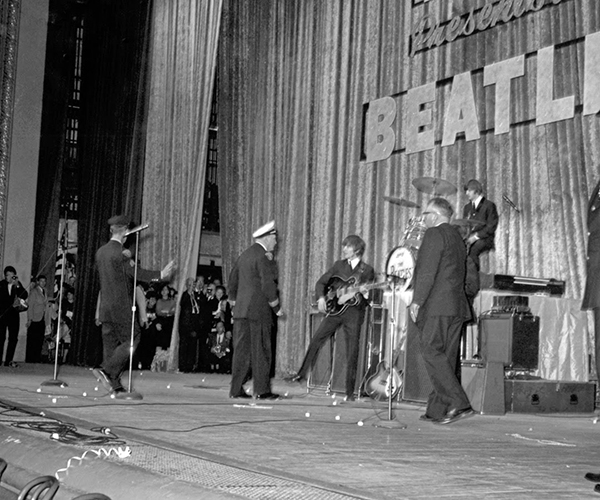Each word turns into seven at the bottom of one of the biggest holes in Cleveland. Each repetition reminds you that you’re 510 feet underground. That’s more than twice as deep as the deepest parts of Lake Erie; deep enough that your neck starts to hurt if you look up for too long; about as deep as the Washington Monument is tall; deep enough for you to look up the phobia for people afraid of depth (bathophobia).
The Zero Gravity Research Facility at Cleveland’s NASA Glenn Research Center is the largest drop tower in the country.
Once scientists suck out all the air, which takes about an hour, a pod dropped from the top free-falls weightless for 5.18 seconds. This is a cheaper way for NASA to study the effects of weightlessness, compared to launching a space shuttle or using a special plane that flies in parabolic patterns.
Between 120 and 200 tests a year are conducted here.
At the bottom of this giant hole, which is like a yellowpainted tunnel turned vertical, there’s a 20-foot-deep tube filled with little Styrofoam balls that catch the pod. A guy fell in there once, about two decades ago. It’s like quicksand. Every movement makes you sink deeper and the little pellets are small enough to inhale. His coworker rescued him by pulling him up with an air hose.
The drop tower was dug mostly by hand in the 1960s as a place to test space flight components and fluid systems in a weightless environment, and today it’s being used to test new materials for use on the new spacecraft that NASA is developing to replace the shuttle.



